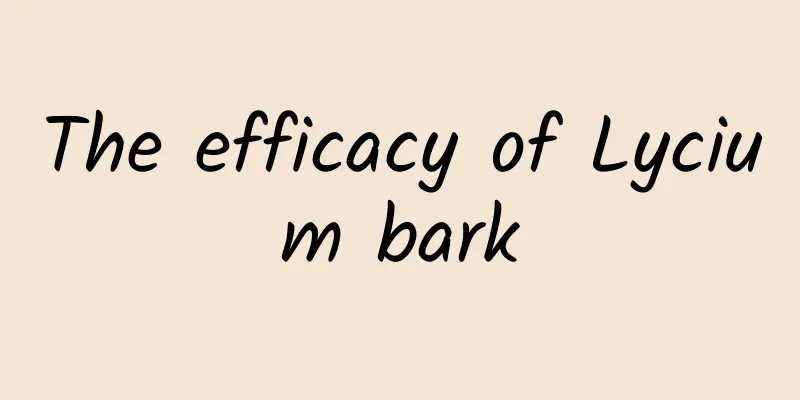[Pearl Science] A Scientific Look at Nano Pearl Powder
![[Pearl Science] A Scientific Look at Nano Pearl Powder](/upload/images/67f0f3eb5625b.webp)
|
Nanomaterials refer to materials that have at least one dimension in the three-dimensional space at the nanometer size (0.1-100 nanometers) or are composed of them as basic units. Nanomaterials can be roughly divided into four categories: nanopowders, nanofibers, nanofilms, and nanoblocks. (Note: 1 meter = 1000 millimeters, 1 millimeter = 1000 micrometers, 1 micrometer = 1000 nanometers) Nanopowder among nanomaterials, also known as ultrafine powder or ultrafine powder, generally refers to powder or particles with a particle size of less than 100 nanometers. It is a solid particulate material in an intermediate state between atoms, molecules and macroscopic objects. If the size of the pearl powder particles produced by a certain process is between "1-100 nanometers", we can also promote these pearl powders as "nano (grade) pearl powder". In fact, it is a question of internal standard grading in an enterprise. Based on the definition of nano powder, even if they are all promoted as "nano pearl powder", the particle sizes of pearl powders from different brands or even different batches of the same brand are not exactly the same. Generally speaking, the finer the pearl powder particles, the easier it is to digest. The advantage of nano pearl powder is that the particles are much finer than ordinary pearl powder. For merchants, as long as the product is genuine, the actual size of the pearl powder particles can reach the nanometer level, there are legal and compliant implementation standards (national standards, local standards or corporate standards that are publicly filed), and the actual product is consistent with the claims on the advertising packaging, nano pearl powder can still be a good selling point; and as long as the publicity is not exaggerated, there is no policy risk in terms of government supervision. For consumers, as long as the product is genuine, safe, hygienic and effective, nano pearl powder is also a good choice. However, the production process of nano pearl powder is more advanced, the cost will be higher than that of ordinary pearl powder, and the corresponding price will also be higher. Nano pearl powder was initially a concept that was hyped up by merchants taking advantage of the popularity and traffic of the high-tech concept of "nano". Now that more and more people understand it, consumers are becoming more rational, and market supervision is becoming more standardized, merchants no longer use this concept for marketing, but instead use "ultrafine pearl powder". The current national standard for pearl powder does not even have the definition of "nano pearl powder". |
>>: Hot search! I get stomachache when I get angry, what's going on?
Recommend
Gastrodia elata capsules
In our daily life, if we work for a long time wit...
Have you ever seen a supermoon that can cause an earthquake?
The supermoon appeared in the night sky on the ev...
It is both good and evil, it can be used as food or as poison!
Audit expert: Gu Haitong Beijing Tongren Hospital...
Are tall people more likely to have lumbar disc herniation?
Rumor: "Tall people have a heavy burden on t...
There are so many mosquito repellent products, which ones are the safe and effective mosquito repellent ingredients?
The weather is getting hotter, and there are more...
Leave no way for "ice cream assassins" to escape! These seven behaviors are prohibited
This summer, the term "ice cream assassin&qu...
China, a karst country
Karst landforms are widely distributed in the wor...
What can you see at the Potala Palace?
Potala Palace, Tibet Seems to be out of touch wit...
The legendary "Chanhao Bird" is not actually a bird, but a magical animal.
We have always regarded the Cuckoo as a bird, but...
Shh! Here's a quick guide to surviving a drinking party
The wine table during the Chinese New Year can be...
The efficacy and function of teff flowers
The flower of Ageratum has a long history, and un...
The efficacy and function of Gynostemma pentaphyllum and its edible method
Gynostemma pentaphyllum is a commonly used Chines...

![[Creative Cultivation Program] "King of Midnight Snacks" or "King of Destruction"? All about crayfish](/upload/images/67f0e63c224e6.webp)







